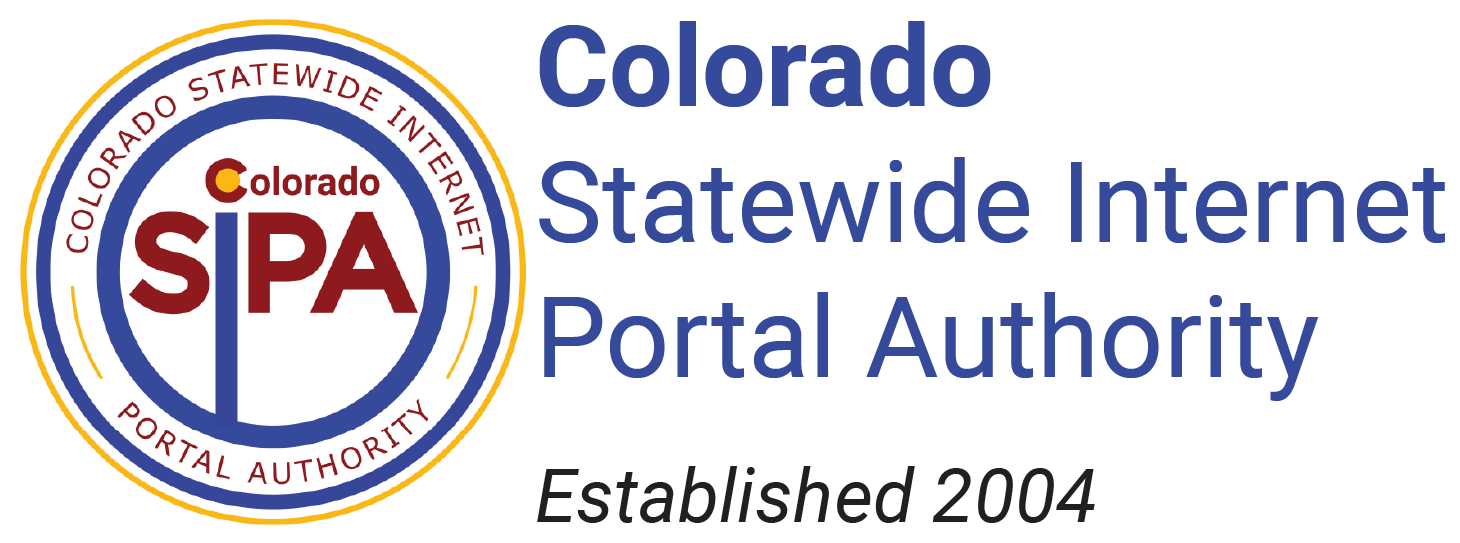Case Study: Upper Pine Fire Protection District Comprehensive Security Assessment

Emergency responders are faced with immense challenges daily. In today’s always-on world, IT systems play a critical role in the ability to respond quickly. Failed or non-responsive systems could cost lives, loss of personal property, and severely damage the reputation of an organization.
The Challenge
The growing complexity of protecting your organization from security threats makes it difficult to ensure best-practice security measures are implemented. Completion of a baseline assessment by a trusted third party is a critical first step. However, this is often overlooked due to time and budget constraints. Upper Pine Fire District elected to address their security challenges by engaging the SIPA/Istonish Security Assessment program, which provides the information needed to develop a robust security profile, at an affordable cost.
The SIPA Solution
Working with the Upper Pine team, Istonish conducted a security assessment of their IT environment. Istonish combines best practices, tools, and engineering expertise to deliver a comprehensive security assessment that mitigates risk.
The following areas were analyzed:
- Environment Assessment and Access Control - highlights user account permissions, account roll call, user behavior analysis and system aging
- Network Vulnerability Scanning - detailed analysis of network vulnerabilities including missing software patches and updates, internet threats, PII and malware scan
- On-site Physical Security Evaluation - reviews access to restricted areas, workstation security, mobile device encryption, network and DMARC access
Results
The SIPA/Istonish Assessment Report conducted a thorough analysis of the Upper Pine Fire Department’s existing security practices and provided extensive information for them to utilize as a roadmap, presently and in the future. It included what their key vulnerabilities were, why they were important, and ranked them on their level of risk. Not only did they highlight these concerns, but they were able to indicate actionable steps for the remediation of each vulnerability.
